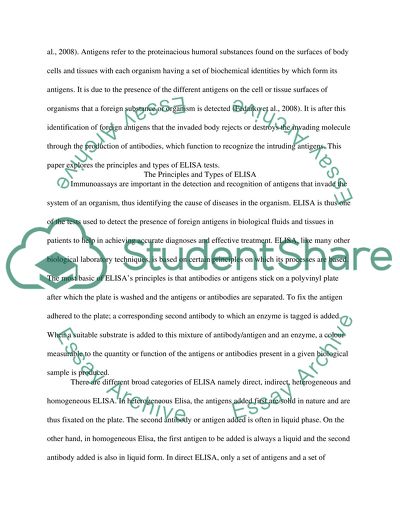Cite this document
(“Immunology and Immune Disorders Essay Example | Topics and Well Written Essays - 1000 words”, n.d.)
Immunology and Immune Disorders Essay Example | Topics and Well Written Essays - 1000 words. Retrieved from https://studentshare.org/health-sciences-medicine/1454277-online-assessment-immunology-and-immune-disorders
Immunology and Immune Disorders Essay Example | Topics and Well Written Essays - 1000 words. Retrieved from https://studentshare.org/health-sciences-medicine/1454277-online-assessment-immunology-and-immune-disorders
(Immunology and Immune Disorders Essay Example | Topics and Well Written Essays - 1000 Words)
Immunology and Immune Disorders Essay Example | Topics and Well Written Essays - 1000 Words. https://studentshare.org/health-sciences-medicine/1454277-online-assessment-immunology-and-immune-disorders.
Immunology and Immune Disorders Essay Example | Topics and Well Written Essays - 1000 Words. https://studentshare.org/health-sciences-medicine/1454277-online-assessment-immunology-and-immune-disorders.
“Immunology and Immune Disorders Essay Example | Topics and Well Written Essays - 1000 Words”, n.d. https://studentshare.org/health-sciences-medicine/1454277-online-assessment-immunology-and-immune-disorders.


